A world-famous tourist resort north of Agios Nikolaos, with lacy, windless sandy beaches, crystal clear…

Makrigialos Minoan and Roman villa
The Minoan Mansion
Makrigialos, on the south coast, 38 kms from Sitia and 25 kms from lerapetra, is the coastal settlement of the Agios Stephanos community. It was not possible that the ancients could have ignored such a wonderful site. Chance finds came to light from time to time; but in 1971 systematic excavations were begun by the Ephor of Antiquities Kostis Davaras north-west of the village at Plakakia. Here he located an important villa of the lateminoan period. The dig was completed ίn 1977 having shown that the villa had been destroyed by fire.
It had strong outer walls, ίnner courts, many rooms with thresholds, flagged floors and areas perhaps connected with the worship of the Sacred Tree. It must have been roofed with bamboo canes covered by a layer of clay (as a number of the older traditional village houses still are). Among the most important movable finds were vessels of pottery and stone, figurines and an amygdaloid seal-stone of steatite engraved with a representation of a Sacred Ship.
Οπ the ship a sacred precinct or altar is shown with a tall palm-like tree standing like a mast. Οn the prow of the ship a worshipper or a priestess stands facing the altar, clenched fist raised to the brow ίn the recognized Minoan attitude of worship. This is the first clear evidence of the existence of Sacred Ships or Boats connected with the Minoan relίgion; it has its parallels ίπ the ancient religions of Egypt and Mesopotamia.
Bibliography: “Sitia”, N.Papadakis, Archaeologist
Additional Info
Historical Period: Minoan (3000 – 1200 BC)
Location: Makrigialos Village
Opening Hours: –
Access: Bus services / 200m of a paved road
Contact: Phone +30 2842028721 – Email: efalas@culture.gr
The Roman Villa
Closer to the village, at Katovigli near the church of the Dormition of the Virgin, Roman remains ‘have been unearthed. Pendlebury (BSA XXXIII p. 100) had already noted the existence of a Roman settlement here. Excavations begun ίπ 1977 and not yet completed, have shown that there were indeed large domestic establishments here, datable from the 1st century BC to the 3rd century AD, but it is not possible at this stage ίπ the excavations to draw too definite conclusions. One room after another has been discovered and the whole excavation so far, covers an area of roughly half an acre. The general arrangement of the rooms surrounds an open court. Doorways with thresholds of porous stone open onto the court.
Also found was a burial room ίn which the main tomb was built up. An apsidal opening with the presence of ash in the vicinity was at first thought to be an ονen; but it led to the discovery in 1980 of an impressive bath-house, and so presumably should be regarded as the furnace of the hypocaust system (which was also found). Another interesting discovery was a horseshoe-shaped open-air cistern or bathing ροοl (piscina) – outside dimensions 3,90m x 3,15m into which descend marble-faced steps. Possibly it was just an aquarium for aquatic birds, something like the artificial ornamental pools found today. Α large mosaic floor with geometrical designs to the west of the ροοl adds to its splendour.
It should be noted that a great many marble slabs of different colours and thicknesses were found. These are of good quality marble skilfully worked, and were used to face the floors and walls, as can be seen from many which were found ίπ Situ. Water pipes and open channels carried water from cisterns to the buildings and gardens. The almost complete absence of movable finds and architectural members from such a wealth of ruins is surprising. The site must have been systematically looted, perhaps by pirates ίπ the Byzantine era, and others more recently.
The excavations continue under the direction of Ν.Ρ. Papadakis.
Additional Info
Historical Period: Roman (90 – 390 AD)
Location: Makrigialos Village
Opening Hours: Open space
Access: Bus services / 100m from central road
Contact: Phone +30 2842028721 – Email: efalas@culture.gr
Pefki – Dafni
We go onto the narrow asphalted way from Pefki village, which leads to Vreiko cave. We park the car where the asphalted road stops and we go on the distinctive…
Folklore Museum of Pefki
At the highest place of the village, next to the old school (which is not active any more) in a wonderfully kept building logdes the folklore museum of Pefki. It…
Pefki Gorge
During summer, on a daily basis, cars occupied by Greek and overseas tourists arrive at Pefki village, where they walk through the alleys by taking photos of village and the surrounding…
Makrigialos
Makri Gialos is 35 km far from Sitia and 29 from Ierapetra. The name Makri Gialos means "long beach", which indeed it is the long sandy beach with crystal clear,…




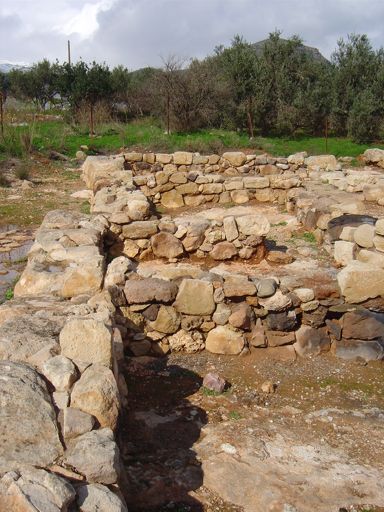







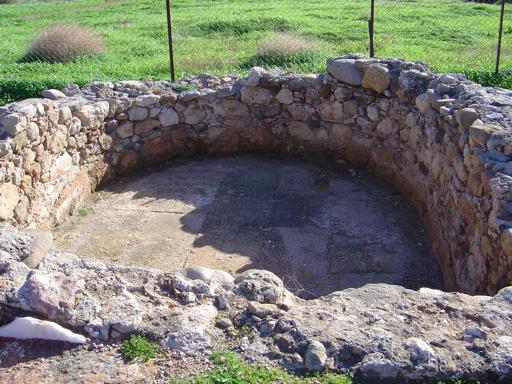









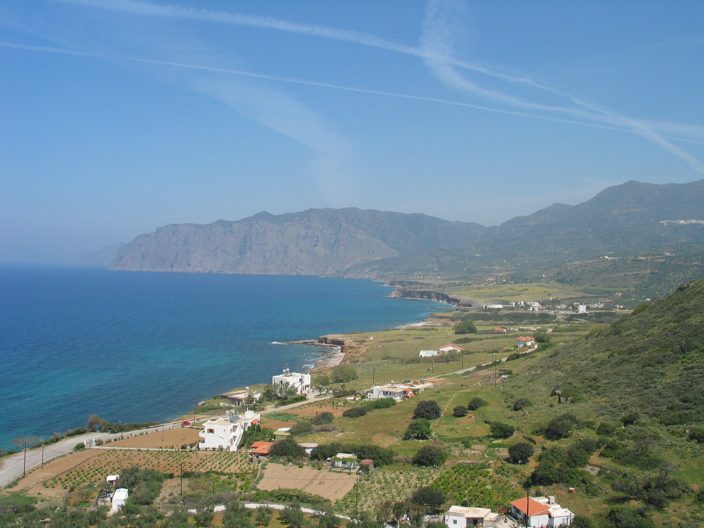
















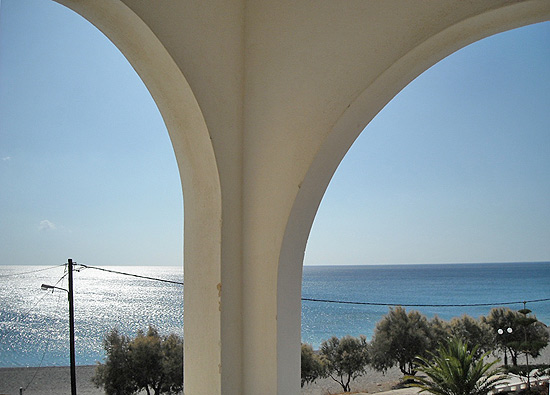








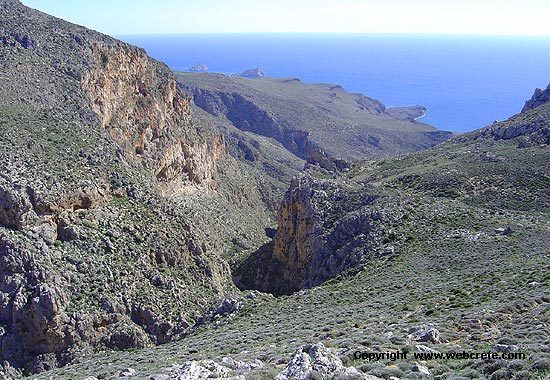

This Post Has 0 Comments